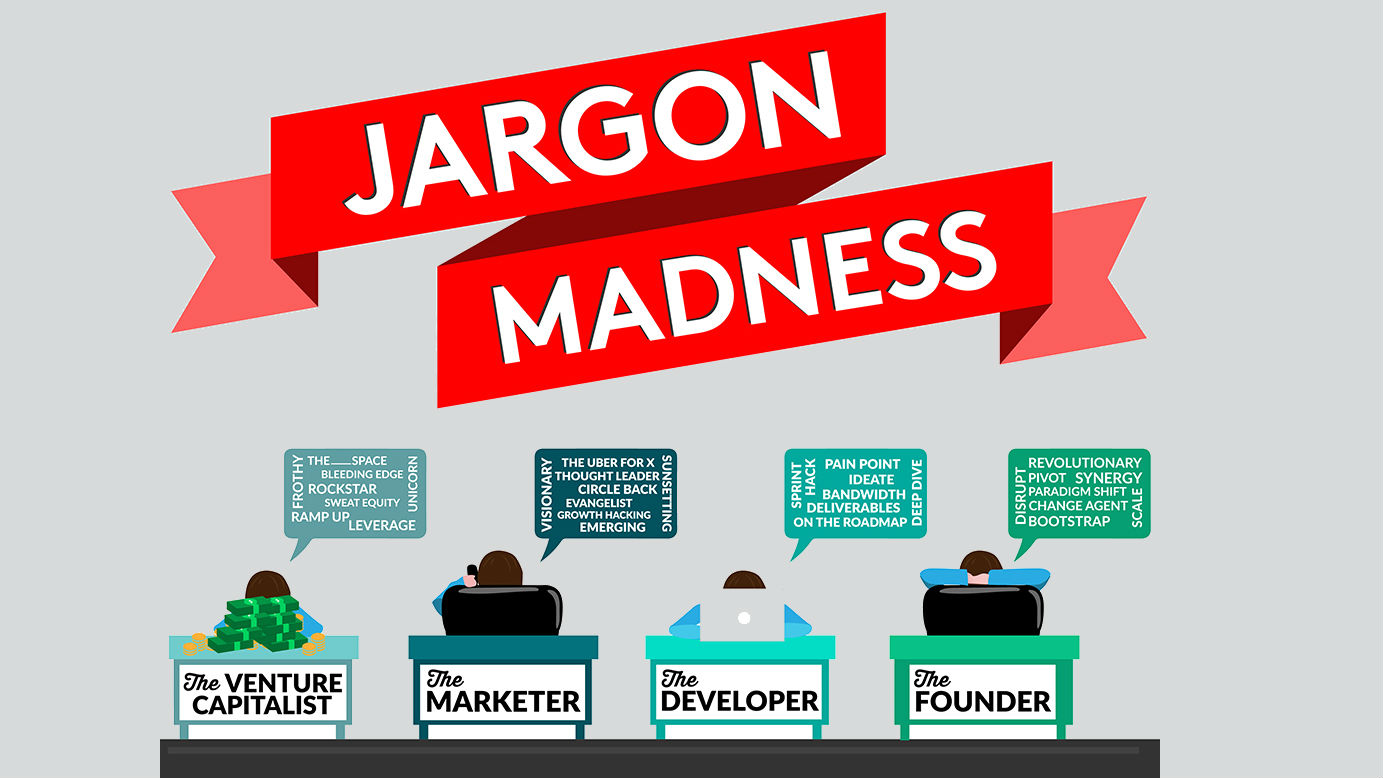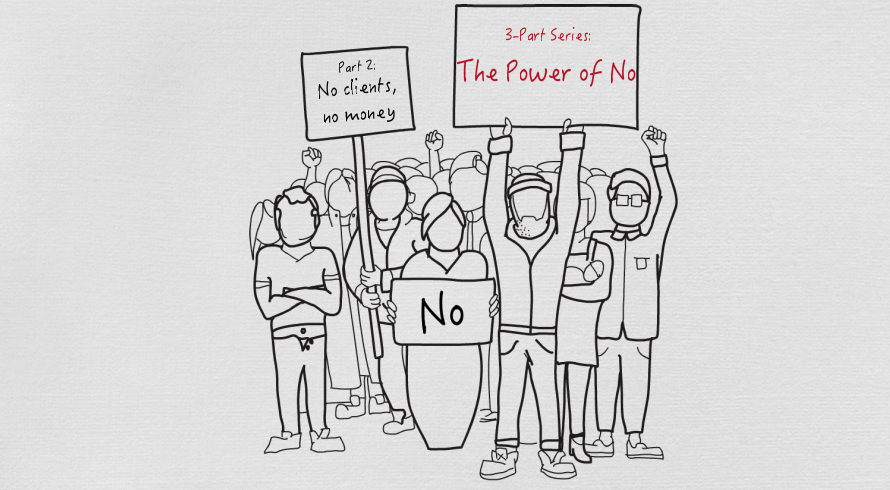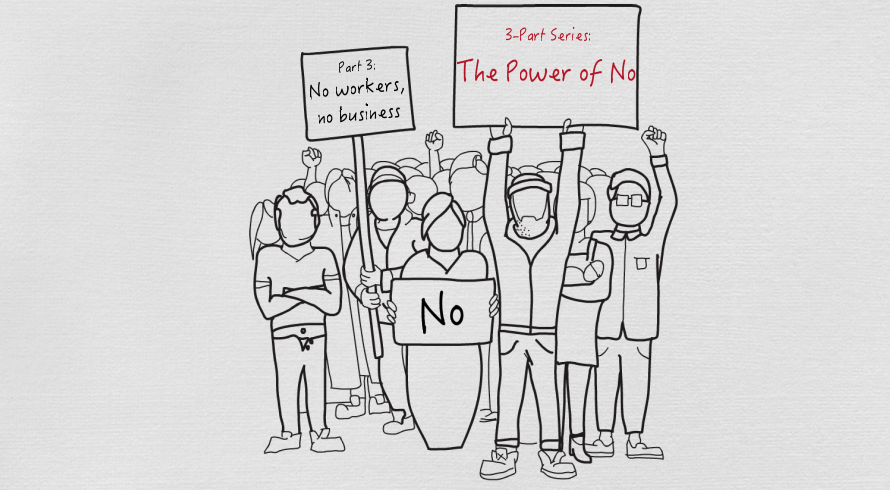** Don’t like reading? Click here to watch our 1.5 minute video on YouTube instead. **
Business communications check-in: How many times a day do you say no? To yourself? To your clients? Out loud? In your head? How many times a day do you say yes? Or let me see if I can find a way? If I was a betting man -or woman- I would place a large sum of money that the use of the word “no” far outweighs the use of “yes” in your vocabulary, especially in business communications.
First, ask yourself “Why does it matter?”
Well, have you ever considered the power of “no”? It comes in all different forms: can’t – won’t – don’t. The word “no” affects our ability to solve problems and move forward. Often times I wonder, why this word is even in our everyday vocabulary if we are committed to our own personal growth. In today’s session, I’m challenging you to just say “no” to the word “no”.
Then, address these 3 questions for your own business communications
1. What are you saying about yourself when you use the word “no”?
First of all, I understand where you’re coming from; sometimes there doesn’t appear to be a readily available alternative. However, consider the impact of using the word “no”. This tiny word seems easier to use – and it is. It can also be seen as lazy, cowardly or destructive. It builds barriers instead of bridges and that is the opposite of attracting what you want in your own leadership development.
2. Are you using the word “no” to sever ties with another party?
Second, there are times where the word “no” is appropriate. This is particularly relevant to extreme or dangerous situations where you need to cut ties. That is – of course – fine. In leadership development and communications, our ability to form healthy relationships with ourselves and others- those with whom we want to be involved-is directly impacted by the language we use.
3. Are you over-using the word “no”?
Finally, it’s likely you’re using it as a replacement for other solutions-oriented or descriptive words. “Let me see if I can find a way.” “I may have an alternative.” “Actually, I could…” These all imply that you are open to the possibility of an alternative, and when used appropriately, can be an effective alternative to your communications.
Now what?
This year, I challenge you to think about the words that you use and the power behind those words in your business communications. Then, consider how else can you communicate without using the word “no”. Then, together, we can build bridges instead of barriers.
I look forward to hearing your stories about your own efforts to change the way you communicate. If this resonates with your own journey, come back next week when we’ll continue this 3-part series. Next up: how you can turn a “no” into a “yes” in client communications.
Thank you for listening.





